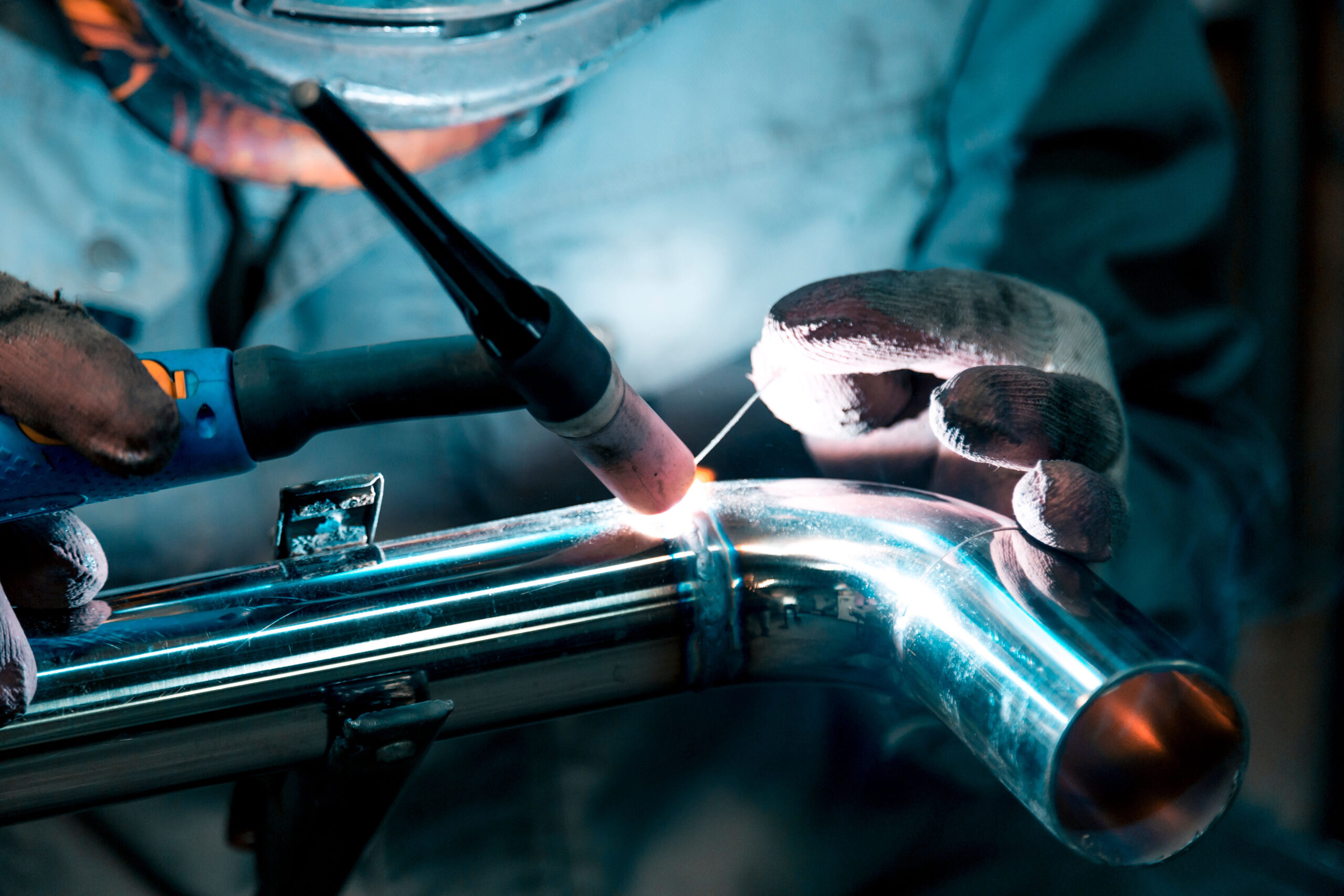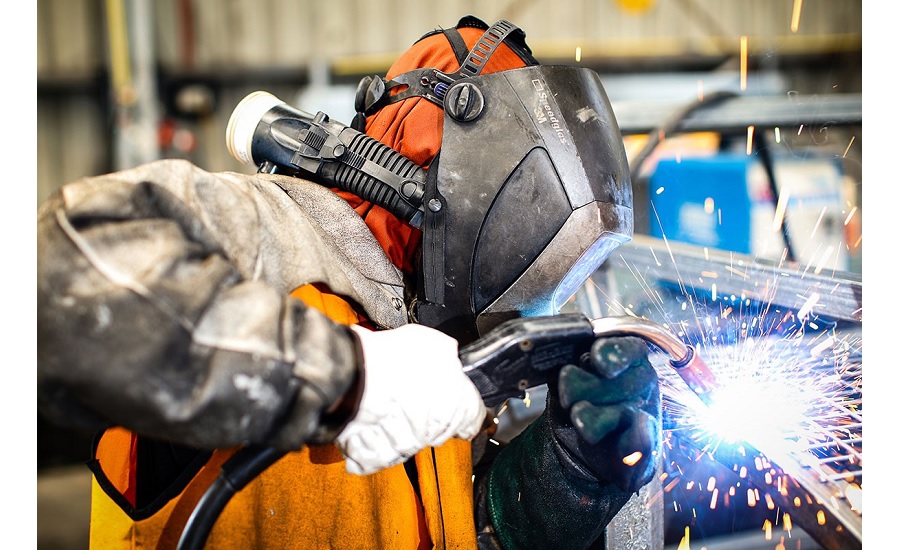Optimizing Your Welding WPS: Methods for Improved Performance and Effectiveness
Optimizing Your Welding WPS: Methods for Improved Performance and Effectiveness
Blog Article
The Ultimate Guide to Welding WPS Procedures: A Comprehensive Review for Welders
In the detailed globe of welding, Welding Treatment Specifications (WPS) work as the foundation of making sure high quality, uniformity, and safety and security in welding operations. Comprehending the subtleties of developing, implementing, and monitoring WPS treatments is necessary for welders aiming to boost their craft and satisfy industry criteria. As we dig into the different components of a WPS and discover the intricacies of qualification and qualification, we will uncover the vital role these treatments play in the world of welding. Allow's get started on a journey to untangle the complexities and importance of WPS treatments in welding methods.
Significance of WPS Procedures
Comprehending the significance of Welding Procedure Requirements (WPS) treatments is essential for making certain the high quality and stability of welded structures. WPS procedures work as a roadmap for welders, outlining the necessary actions, criteria, and materials called for to achieve a sound weld. By sticking to WPS guidelines, welders can guarantee uniformity in their job, causing structurally audio and trusted welds.
One of the main factors why WPS treatments are necessary is their function in keeping weld top quality and integrity. Adhering to the specified welding parameters and techniques outlined in the WPS helps protect against issues such as porosity, cracking, or incomplete blend, which can compromise the strength and toughness of the weld.

Parts of a WPS
A Welding Treatment Specification (WPS) usually comprises necessary components that detail the certain requirements for executing a weld, guaranteeing uniformity and top quality in the welding process. The key parts of a WPS consist of necessary variables such as base steels, filler metals, preheat and interpass temperatures, welding procedures, protecting gases, welding positions, and post-weld heat therapy requirements.
Base steels refer to the materials being joined, while filler metals are used to fill the gap in between the base steels throughout welding. The welding procedure outlines the particular strategy to be utilized, whether it's gas steel arc welding (GMAW), protected metal arc welding (SMAW), or one more approach. Welding settings define the alignments in which welding can be carried out.

Qualification and Accreditation
Having actually established the necessary parts of a Welding Procedure Requirements (WPS), the focus currently moves in the direction of the crucial elements of certification and certification in welding practices.
Certification, her comment is here on the various other hand, is the formal acknowledgment of a welder's certifications by a relevant certification body or organization. Welding qualifications are commonly based upon the particular welding procedures, materials, and placements a welder is certified to deal with. Holding a legitimate welding qualification shows that a welder fulfills sector requirements and is proficient to carry out welding jobs to the called for requirements.
Creating a WPS
To create a Welding Treatment Requirements (WPS) that meets industry requirements, cautious factor to consider of welding procedures, products, and functional criteria is crucial (welding WPS). The very first step in producing a WPS find out is to recognize the welding procedure to be made use of, such as gas steel arc welding (GMAW) or shielded metal arc welding (SMAW) As soon as the welding process is identified, the following important facet is selecting the suitable materials, thinking about factors like base steel type, density, and joint style. Functional criteria such as welding present, voltage, travel speed, and protecting gas make-up must additionally be thoroughly specified in the WPS.

Carrying Out and Keeping Track Of WPS
Upon finalizing the comprehensive Welding Treatment Specification (WPS) that meticulously information welding procedures, products, operational criteria, and quality control measures, the emphasis changes to efficiently implementing and keeping track of the established treatments. Application involves ensuring that all welders associated with the job recognize with the WPS and follow it meticulously throughout the welding procedure. This requires providing ample training and guidance to ensure adherence to the specified treatments. Monitoring the WPS entails continual oversight to verify that welding tasks line up with the documented specifications. Examinations, testing, and high quality control procedures are important parts of the monitoring process to recognize any kind of problems or deviations immediately. Normal audits and evaluations of the welding treatments help in maintaining uniformity and top quality throughout the job. Reliable implementation and tracking of the WPS are essential for making certain the stability, toughness, and safety of the welded joints, ultimately contributing to the overall success of the welding project.
Final Thought
To conclude, understanding and complying with Welding Procedure Requirements (WPS) is crucial for welders to make sure high quality, uniformity, and security in their work. By knowing the parts of a WPS, acquiring proper qualifications and accreditations, developing thorough treatments, and executing and monitoring them effectively, welders can enhance their abilities and effectiveness in welding techniques. Following WPS treatments is vital for producing top notch welds and meeting market criteria.
In the detailed world of welding, Welding Procedure Specifications (WPS) serve as the backbone of making certain top quality, uniformity, and safety and security in welding operations. The welding process outlines the particular method to be utilized, whether it's gas steel arc welding (GMAW), shielded metal arc welding (SMAW), or an additional approach.To develop a Welding Procedure Specification (WPS) that satisfies industry criteria, cautious consideration of welding processes, products, and functional specifications is crucial. The very first action in creating a WPS is to identify the welding process to be used, such as gas steel arc welding (GMAW) or shielded steel arc welding (SMAW)Upon wrapping up the extensive Welding Procedure Requirements (WPS) that diligently details welding procedures, products, operational specifications, and top quality guarantee measures, Discover More Here the emphasis moves to effectively carrying out and keeping an eye on the established procedures.
Report this page